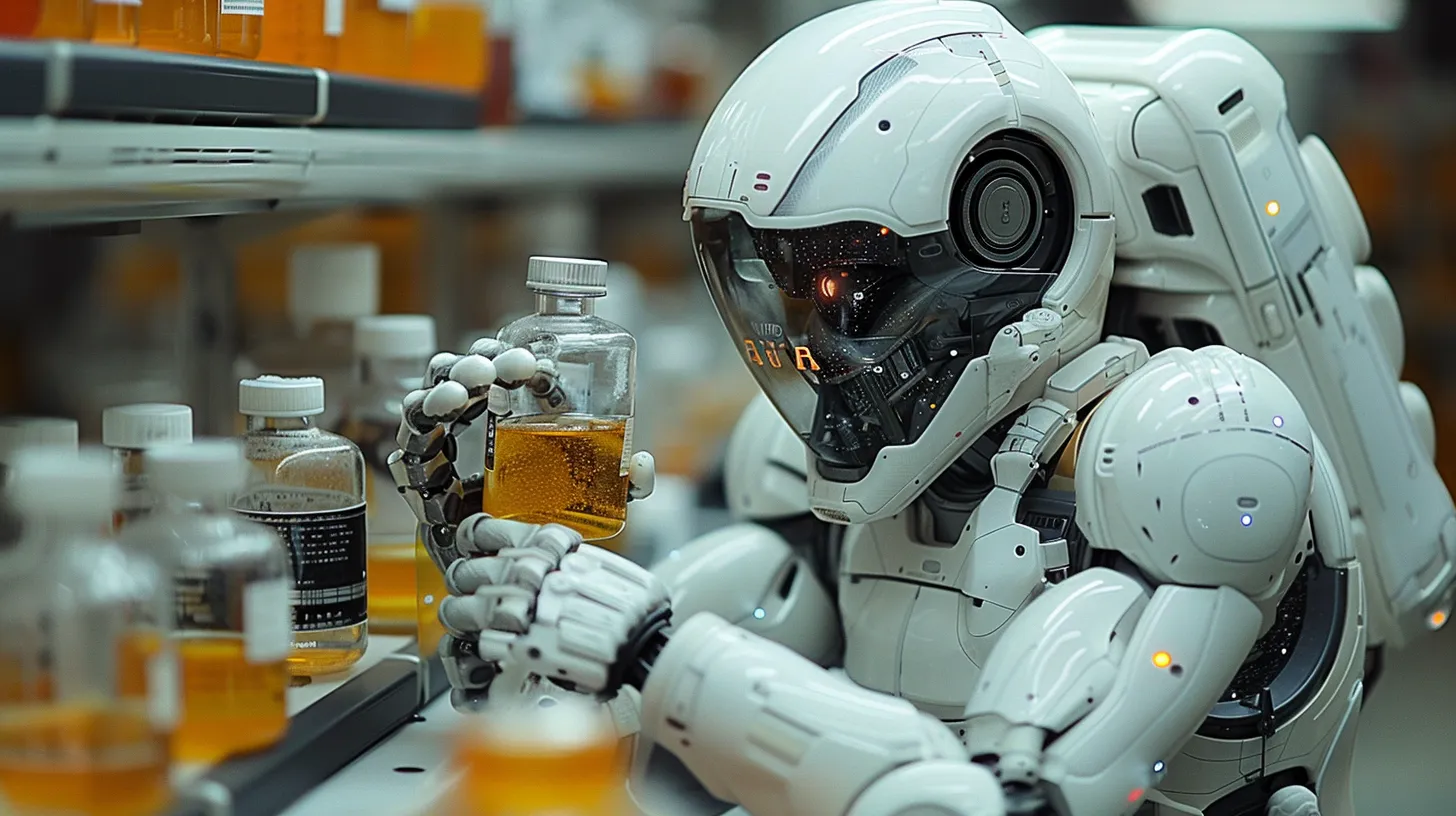AI and the Dangers of Designed Bioweapons

The convergence of artificial intelligence and biotechnology is propelling humanity into a new era of possibilities, both promising and perilous. As AI revolutionizes fields from healthcare to agriculture, it also augments the capabilities of those who wish to use biotechnological advancements for nefarious purposes. The potential for AI-enhanced bioweapons represents one of the most daunting threats in this brave new world, raising urgent ethical, legal, and security challenges that demand a proactive and multidisciplinary approach.
The Power of AI in Biotechnology
Artificial intelligence, with its ability to process and analyze vast amounts of data, is transforming biotechnology. Machine learning algorithms accelerate drug discovery, genetic engineering, and pathogen research, offering solutions that were previously unimaginable. For instance, AI can identify potential drug candidates in a fraction of the time it takes traditional methods, significantly speeding up the development of new treatments.
However, the same technologies that drive these positive advancements can be repurposed to create more effective and targeted bioweapons. AI’s ability to simulate biological processes and predict outcomes can be used to enhance the potency and transmission of pathogens. This dual-use nature of AI in biotechnology is at the heart of the ethical and security dilemma we face today.
The Threat Landscape
The potential misuse of AI to design bioweapons is not merely theoretical. AI can optimize the creation of bioweapons in several ways:
-
Enhanced Pathogens: AI can be used to modify existing pathogens to increase their virulence, resistance to treatment, and ability to spread. This can be done through the identification of genetic modifications that enhance these properties.
-
Targeted Bioweapons: Machine learning algorithms can analyze genetic data to design bioweapons that target specific populations based on genetic vulnerabilities. This raises the specter of weapons tailored to ethnic or genetic profiles, which could have devastating implications for targeted groups.
-
Evading Detection: AI can assist in creating bioweapons that evade current detection methods. By simulating how pathogens interact with detection systems, AI can identify ways to modify them to avoid being detected by standard screening procedures.
-
Simulation and Testing: AI-driven simulations can model the spread of pathogens in populations, helping designers understand how to maximize the impact of a bioweapon. These simulations can also test the effectiveness of different interventions, making it easier to design pathogens that can overcome public health responses.
Ethical Quagmires
The use of AI in the creation of bioweapons presents profound ethical challenges. The scientific community faces a moral dilemma: how to advance AI and biotechnology for the betterment of humanity while preventing their misuse. Researchers must navigate the fine line between innovation and the potential for catastrophic consequences.
The dual-use nature of AI technologies necessitates a robust ethical framework to guide research and development. Scientists and policymakers must ensure that safeguards are in place to prevent the diversion of beneficial technologies for harmful purposes. This includes stringent oversight of research, transparency in scientific publications, and the establishment of ethical guidelines for AI and biotechnology research.
Legal and Regulatory Challenges
Current legal frameworks are ill-equipped to address the novel threats posed by AI-designed bioweapons. The Biological Weapons Convention (BWC), the primary international treaty governing bioweapons, lacks specific provisions for AI-enhanced bioweapons. There is an urgent need to update and strengthen these frameworks to address the capabilities and threats of modern biotechnology.
National and international regulatory bodies must collaborate to develop comprehensive policies that encompass the full spectrum of AI and biotechnology. This includes not only the prevention of bioweapons development but also the regulation of research and the enforcement of ethical standards. Policymakers must work with the scientific community to establish clear guidelines for the responsible use of AI in biotechnology.
Security Measures and Preventive Strategies
Preventing the misuse of AI in designing bioweapons requires a multifaceted approach. Key strategies include:
-
Technological Safeguards: Developing AI systems with built-in ethical and security safeguards is essential. This includes incorporating ethical decision-making frameworks into AI algorithms and ensuring that research involving dual-use technologies is conducted with the highest level of security.
-
International Cooperation: Global collaboration is crucial in addressing the threat of AI-enhanced bioweapons. International organizations, governments, and research institutions must share information and resources to prevent the development and proliferation of these weapons. Joint efforts in monitoring, intelligence sharing, and enforcement of international treaties are essential.
-
Public Awareness and Education: Raising awareness about the potential dangers of AI-designed bioweapons is vital. Public education campaigns can help build a broader understanding of the ethical and security implications of AI in biotechnology. This can also foster a culture of responsibility among scientists and researchers.
-
Ethical Research Culture: Promoting a culture of ethical research within the scientific community is critical. Institutions should establish and enforce ethical guidelines for AI and biotechnology research. Researchers must be trained to recognize and mitigate the risks associated with their work.
The Role of the Scientific Community
The scientific community has a pivotal role in preventing the misuse of AI in biotechnology. Researchers and institutions must take responsibility for ensuring that their work is conducted ethically and securely. This includes fostering a culture of transparency and accountability, where potential risks are openly discussed and addressed.
Collaborative efforts to establish guidelines and best practices for AI and biotechnology research are essential. Scientists must work together to develop a shared understanding of the ethical implications of their work and to create a framework for responsible innovation. By prioritizing ethical considerations and security, the scientific community can help prevent the catastrophic misuse of AI-enhanced bioweapons.
As we stand on the brink of unprecedented technological advancements, the dual-use nature of AI in biotechnology presents both incredible opportunities and formidable risks. The potential for AI-enhanced bioweapons underscores the need for a proactive and multidisciplinary approach to ensure that the benefits of these technologies are realized while preventing their misuse. The future of AI and biotechnology hinges on our ability to navigate this complex landscape with foresight, responsibility, and a commitment to global security.